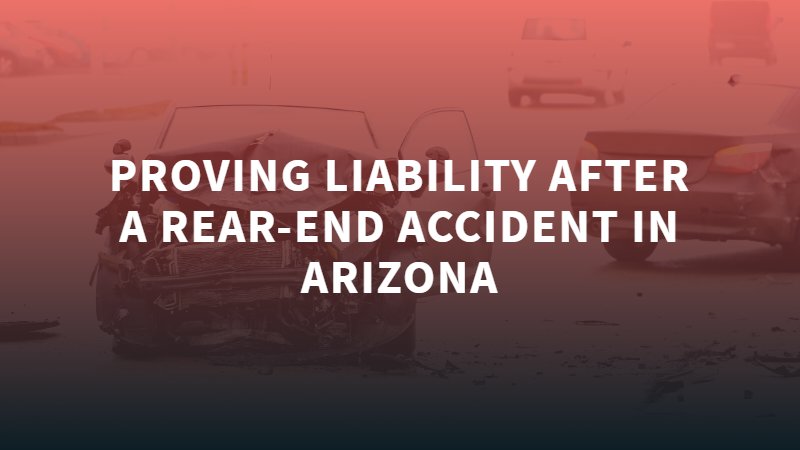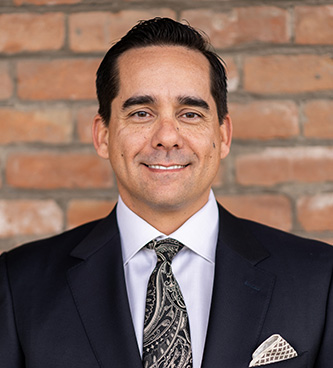
Car accidents are not uncommon throughout the state of Arizona, and this is particularly true for rear-end accidents. While rear-end accidents may seem relatively minor, that is not always the case. A rear-end collision can lead to significant injuries and property damage. It is crucial for any victim in these accidents to be able to determine liability so that they can secure the compensation they deserve. Here, our car accident lawyers want to discuss how liability is proven following a rear-end accident in Phoenix.
According to data available from the Arizona Department of Transportation, there were nearly 48,000 total rear-end accident collisions across the state during the latest reporting year. This accounted for more than 43% of all collisions that year. Out of these incidents, there were 63 fatal collisions and 13,491 injury collisions.
Rear and accidents occur in a variety of ways. In the vast majority of these situations, liability for these collisions will fall onto the rear driver. Some of the most common causes of rear-end collisions in Arizona include the following:
Even though most rear-end collisions are the fault of the rear driver, that is not always the case. There may be various exceptions to this, including the following:
In cases where liability for a rear-end collision is in question, the same types of evidence mentioned above will be used to help prove fault.
It could be the case that more than one driver shares fault for a rear-end collision. Arizona operates under a pure comparative negligence system that allows parties to recover compensation even if they are partially at fault (up to 99% at fault) for a collision. However, the total amount of compensation a person receives will be reduced based on their percentage of fault. For example, if Driver A was following Driver B too closely and caused a rear-end collision, it may be tempting to place all of the fault on Driver A. However, if one of Driver B’s brake lights was out, they may be partially responsible for the incident. In this case, it is entirely possible that Driver B could share 10% of the blame for the incident. If Driver B sustained $10,000 worth of medical bills, their percentage of fault would lower the compensation they receive to $9,000.

John Torgenson is a highly experienced personal injury lawyer with over 20 years of practice in Arizona. He earned his Bachelor’s degree from the University of Utah and his Juris Doctor from Notre Dame. John has a proven track record of securing substantial verdicts and settlements, including an $8.25 million recovery for a gunshot injury victim. His expertise has earned him AVVO ratings and recognition as a Super Lawyer.
John is also a sought-after lecturer on personal injury law, sharing his extensive knowledge with peers and aspiring attorneys. Beyond his legal practice, John is an avid golfer and actively supports organizations like the Military Assistance Mission, Arizona School for the Arts, Page Balloon Regatta, University of Arizona Foundation, Junior Achievement of Arizona, and the Tim Huff Pro Bono Golf Classic.
Passionate about advocating for injury victims, John dedicates his career to battling insurance companies and corporate interests, ensuring that the rights of those who are hurt are vigorously defended.
